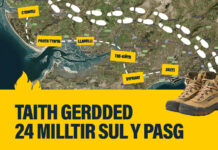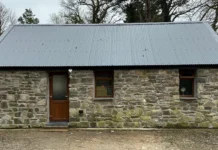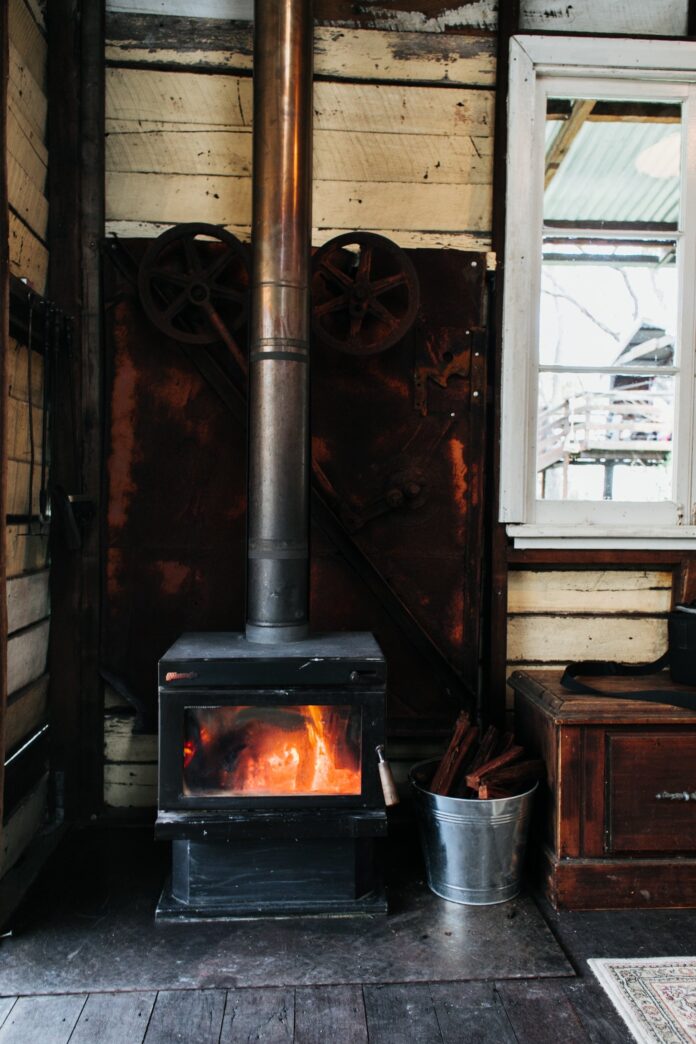Since the beginning of human civilisation, wood has been used as a fuel source for home heating. Its use in the past was only restricted by the absence of the tools required to produce a spark. Even though heating with coal, oil, or natural gas has replaced chiefly wood heating, it is still commonly used all over the world. Wood heating has been pointed out as a serious health issue in many regions of the world.
One of the first examples is the use of wood for fire or heat in shelters. Fires were set on the ground, and a smoke hole in the top of the tent allowed smoke to escape by convection. A fire might be created on surfaces made of stone or similar noncombustible materials called hearths in permanent constructions. Through a smoke hole on the roof, smoke was let out. The advancement of the fireplace and chimney made it possible to expel the smoke more successfully. By collecting a big portion of the heat from the fire and exhaust in a massive thermal mass, masonry heaters and stoves went one step further and were far more effective than a fireplace alone.
The amount of energy firewood has in terms of calories depends mostly on how dry it is. Megajoules per kilogram (MJ/kg) of “green” wood range from 10 to 16 whereas MJ/kg of air-seasoned and kiln-dried wood ranges from 19 to 20. All wood types have nearly the same amount of potential heat per kilogram.
However, depending on the kind of tree from which the wood is cut and the density of the log, the heating capacity of firewood per cubic meter or per log varies greatly. Firewood in the United States is often divided into two categories: “softwood” (any kind of conifer) and “hardwood” (any broadleaf tree). Given that certain conifer species contain wood that is tougher than some kinds of broad-leaf trees, these classifications are frequently false. In general, harder wood has a higher density and more biomass per unit volume because slower development causes it to become harder. When such wood is properly dried out, it burns hot and long while emitting just a little amount of particulates. The hardest, densest wood is found in species like oak, hard maple, hickory, and the majority of fruit woods (apple, cherry, etc.), making them the best choices for firewood. Since the wood from broad-leafed species like willow, aspen, or poplar is less dense, more wood is needed to generate the same amount of heat from them. Slash pine, Western larch, and yew are ideal types of firewood in locations where broad-leaved trees don’t thrive.
The list below may be useful for people who are burning firewood in a fireplace or vintage wood stove. Consider the following trees, which are listed from best to worst for heat production and best burning when air dried: Rock Elm, Shagbark Hickory, at least 24 months dried White Oak, Bitternut Hickory, Sugar Maple or Hard Maple, Beech, at least 24 months dried Red Oak, Yellow Birch, Tamarack, Black Cherry, White Birch, Red Elm, White Ash, Red Maple, Black Ash, Green Ash, Silver Maple. All of the aforementioned create more than 20,000 BTUs of heat when dried, making them ideal firewood. Now, we will describe some types of wood fuel available in the UK.
The entire globe is reconsidering its approach to sustainability and environmental care as a result of the threat posed by climate change. The UK has been at the forefront of this transition as a nation that values responsibility and the environment. Many homeowners have started to reconsider how they heat their houses as a result. People who rely on fire for heat are starting to choose sustainable wood fuels over hazardous and polluting coal. Additionally, those who already use firewood logs for heating are becoming more interested in wood briquettes created from reclaimed sawdust.
Sawdust Briquettes
The common sawdust briquette is the most trendy type of wood briquette available in the UK. Wood shavings Solid fuel briquettes are completely eco-friendly. Since they are made from wood sawdust, they fall under the category of recoverable energy fuel. These briquettes made from sawdust are very affordable and perfect for little stoves. In multi-fuel stoves, wood burners, fire pits, and chimneys, these briquettes offer a clean burn and are environmentally friendly. When used with firewood, briquettes are a convenient choice and a useful supplement. Use this wood fuel for its high calorific content, which results in a longer burn time and great heat production.
Night Briquettes
Pure, softwood bark from sustainably managed forests is used to make them. They are ideal for multifuel and wood stoves. The low-and-slow burn of Ecoblaze night briquettes guarantees a constant, cosy degree of warmth while they are in use. Ecoblaze night briquettes are produced without the use of any chemical substances and come from farms that are ethically run.
Hardwood Heat Logs
The extremely dense wood byproduct logs, often cylindrical in shape, are known as heat logs. Almost anything that burns, including paper, straw, softwood, and hardwood sawdust, is typically used to make them. Extrusion or compression is used to shape the logs, which reduces the moisture content to around 10%. Their dimensions range from 6 to 8 inches in length to 2-3 inches in diameter. Although heat briquettes frequently refer to smaller, rectangular-shaped goods, the terms heat logs and heat briquettes are occasionally used interchangeably.
Fire Logs
High-pressure compression is used to create fire logs. Sawdust, wax, and wood waste blended naturally and placed in molds. The mixture is subsequently compacted to form a log. Almost all of the moisture is removed during compression, leaving a very low internal moisture content of 6-8%. Because each log is the same size, shape, and density, the burn is more even. The consequences for sustainability are enormous. To put it another way, fire logs are a conservationist’s dream since they are created from reclaimed wood and forest waste.
Pini Kay Eco Logs
This is a new briquette in town and these logs are created from pure, chemical-free hardwood sawdust that was acquired responsibly and with consideration for the environment. Pini Kay Eco Logs are intended to burn brightly and powerfully for up to two hours. They are the ideal choice for a useful fire that is as quick to put out as it is to burn since they produce little smoke and nearly no ash. Perfect for an easy fire is the Pini Kay. You may relax in front of the fire without having to get up every half an hour to add another log thanks to the prolonged burn period and the briquettes design. Additionally, this briquette burns beautifully hot, so your room will be warm, snug, and comfortable in no time.
Wood-fueled heating is also a green option to heat your house, as long as you get your wood from a sustainable source that replants trees. This is so because burning wood emits the same quantity of carbon dioxide that the tree absorbed throughout its lifespan. The growing, processing, and transportation of the fuel will result in some carbon emissions, but as long as the fuel is supplied locally, they are far less than the emissions from fossil fuels.
Help keep news FREE for our readers
Supporting your local community newspaper/online news outlet is crucial now more than ever. If you believe in independent journalism, then consider making a valuable contribution by making a one-time or monthly donation. We operate in rural areas where providing unbiased news can be challenging. Read More About Supporting The West Wales Chronicle

























